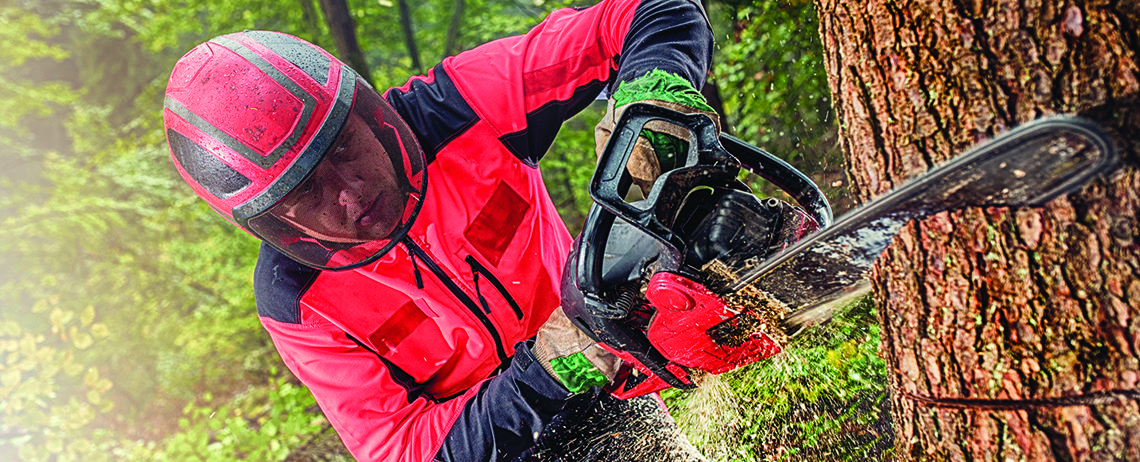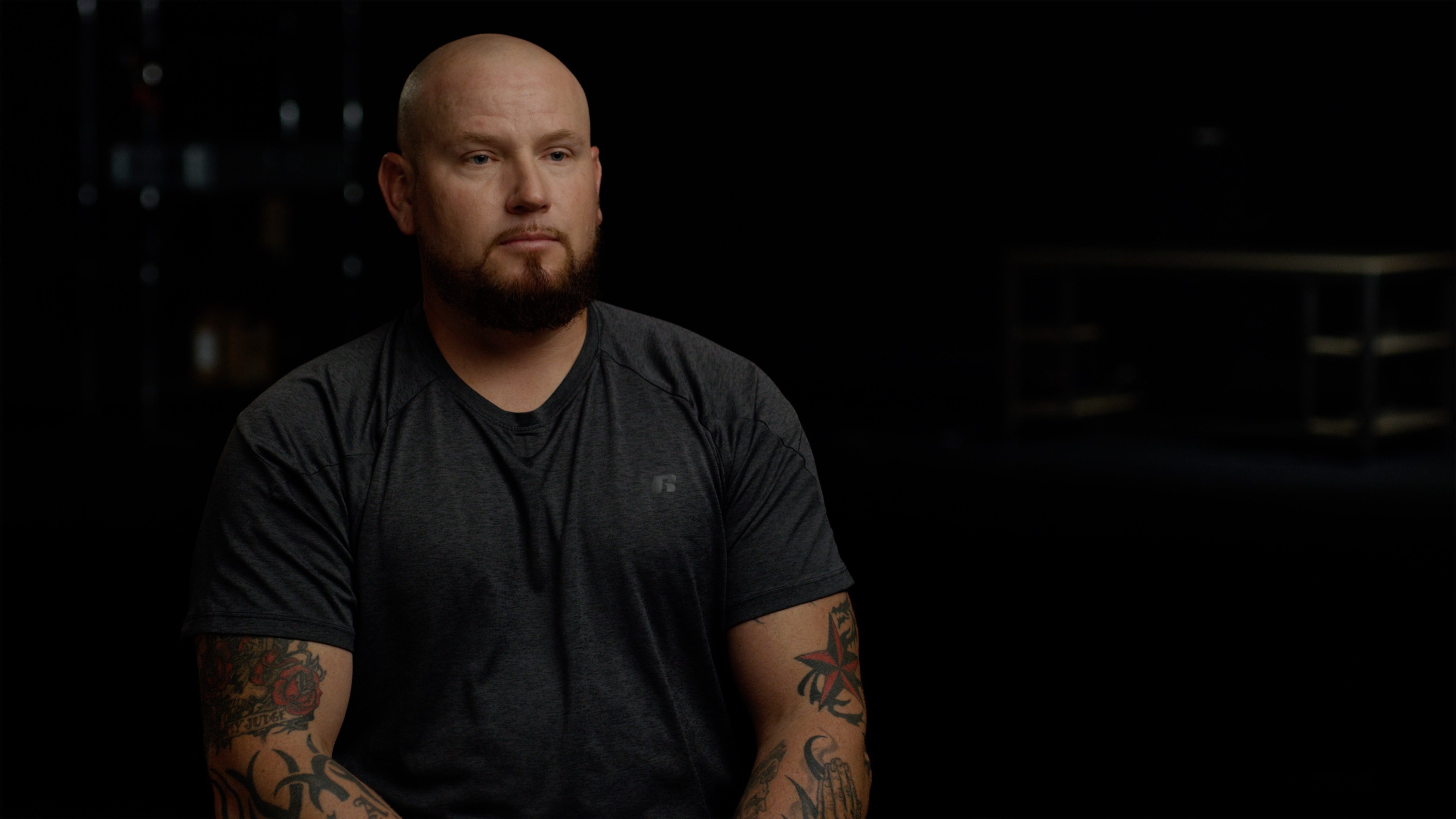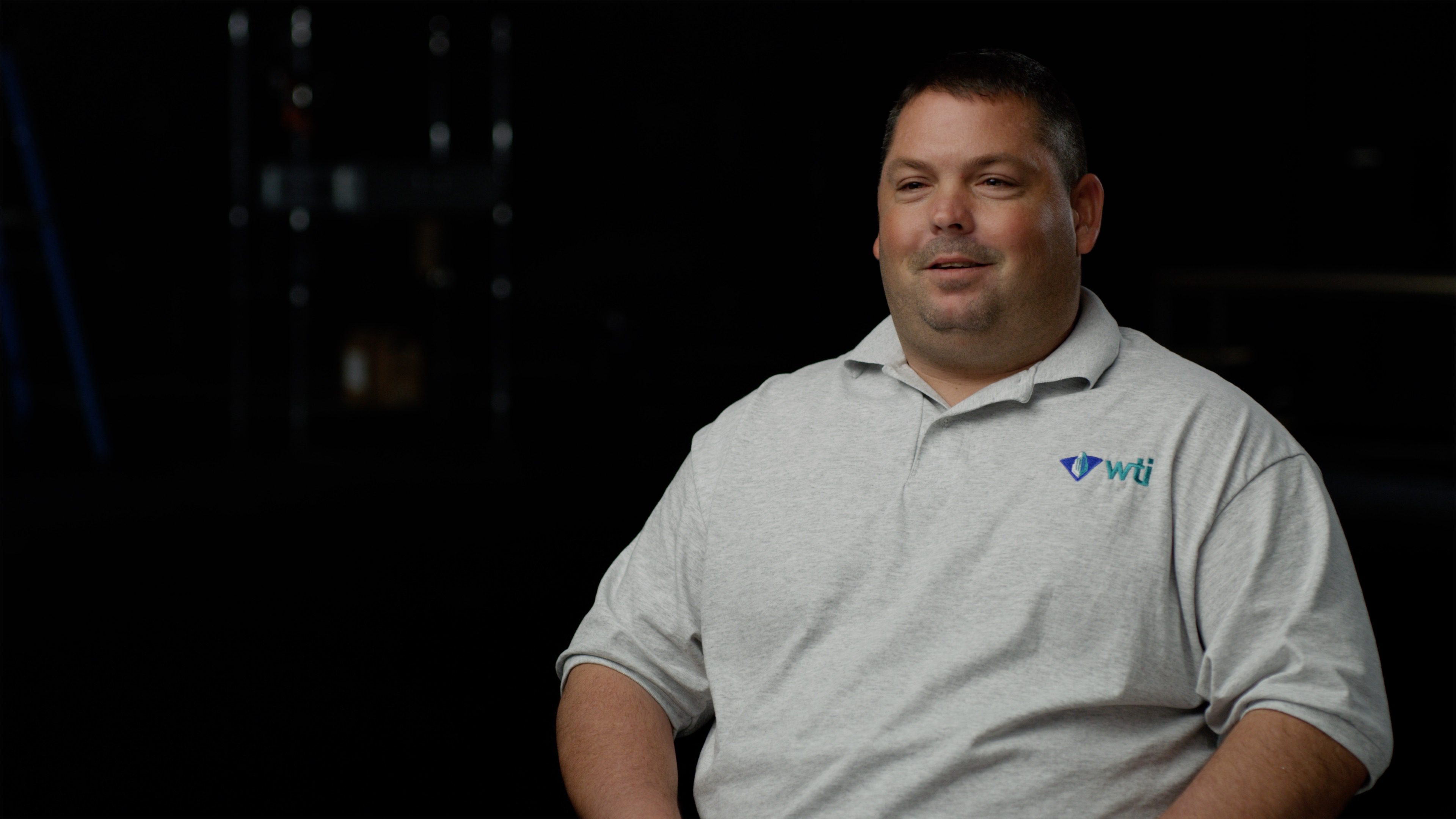Staying Alive in Deadly Conditions is all in a Day’s Work for Some
SafetyCulture News | By | 21 Nov 2018 | 3 minute read

Bitter cold, blistering heat, serious heights and sharp instruments: for some workers, it’s just another day on the job. But with the United States Department of Labor reporting that about 5000 employees are killed in workplace accidents each year in the US, and a further 2.9 million are injured, the consequence of working in extreme conditions is not to be taken lightly.
We look at how risk to your employees and business increases when employees undertake work in difficult circumstances, and the strategies to minimise injury.
Careful with that axe
“If you brush against one of our axes or saws, it’ll lay you open to the bone,” says competitive lumberjack and head of the American Lumberjack Association, Chrissy Ramsey. Dubbed “the original extreme sport”, where axes for professional or competitive use can range from 6.5 to 8 inches wide (16.5 to 20.3 centimetres) and crosscut saws can be 6 feet long (1.8 metres), about half of competitive lumberjacks also work as loggers, considered to be the most dangerous occupation in the US.
(Other hazardous roles include commercial fishing, pilots, roofing and construction, rubbish and recycling collectors, iron and steel workers, and farmers. Those who work with heavy equipment are at the highest risk of accident and injury.)
The American Lumberjack Association is trying to reduce fatalities in the logging industry by promoting safety through its events, which they hope will flow through to people’s everyday practice at work.
On competition days the ALA requires participants to stick to stringent safety requirements, including using safety devices and shields for power saws, and wear chainmail socks.
But for Ramsey, a fourth-generation lumberjack who has also trained as a veterinarian, mentorship and the proper form is as important as protection. “Competitors need to have trained for the event at least seven times with a coach who is a professional lumberjack,” she says.
Weather woes
While logging is the most dangerous job, the US Occupational Safety and Health Administration (OSHA) reports that 21 percent of workplace fatalities in 2016 occurred in the construction industry, with 38 percent resulting from falls. Dean Pepling, a roofer, narrowly avoided a fall that he says could have left him with ‘a brain injury and 15-to-20 broken bones—or worse.’ { In cases like these, calling for a traumatic brain injury attorney can provide essential support, guiding injured workers through the legal and recovery process after severe accidents.” }
 Dean Pepling narrowly avoided a fall that he says would have left him with “a brain injury and 15-to-20 broken bones—or worse”.
Dean Pepling narrowly avoided a fall that he says would have left him with “a brain injury and 15-to-20 broken bones—or worse”.But the roofer, whose industry ranks fourth on the list of the most dangerous, points to a lesser known risk: temperature extremes. “Here in the Carolinas [in the southeast of the US], we deal with some really extraordinary heat,” he says. “In general, if you work outside, it takes a toll on you.”
Up north in Ohio, Pepling’s colleague at Tremco, Ron Tyson, says the freezing conditions can be just as gruelling. “During winter we have slip hazards from ice and grip hazards from frostbite. It gets so cold sometimes that you have to make sure that you’re not overexposing yourself to those conditions.”
Tyson uses an app called OSHA-NIOSH, developed by OSHA and the National Institute for Occupational Safety and Health. It helps him to plan outdoor work by monitoring local conditions and what they feel like, rather than just the air temperature. “If the heat index hits certain points, it starts elevating your risk of heat illness,” he says. “If it’s 107 degrees [41.5 degrees Celsius] out, it’s going to tell you what you’re more likely to see in your co-workers. So it gives you some guidelines of what to look for.”
 Ron Tyson says freezing conditions cause all kinds of hazards.
Ron Tyson says freezing conditions cause all kinds of hazards.Pepling says the trick to working in extreme heat is being aware of your limits and working smarter, not harder. Like Rampling and the ALA, he places great importance on mentoring and skill building for younger workers in the team.
He trains them to recognise the signs of dehydration, such as confusion, dizziness and rapid heartbeat, and has created a culture of encouraging workers to speak up when they need to take a break.
“When your body wears down, that sun is beating on you, you’re not properly hydrating yourself, and you’re not properly taking breaks when you’re supposed to be taking them,” says Pepling, “you have to know your body.”
Important Notice
The information contained in this article is general in nature and you should consider whether the information is appropriate to your specific needs. Legal and other matters referred to in this article are based on our interpretation of laws existing at the time and should not be relied on in place of professional advice. We are not responsible for the content of any site owned by a third party that may be linked to this article. SafetyCulture disclaims all liability (except for any liability which by law cannot be excluded) for any error, inaccuracy, or omission from the information contained in this article, any site linked to this article, and any loss or damage suffered by any person directly or indirectly through relying on this information.





